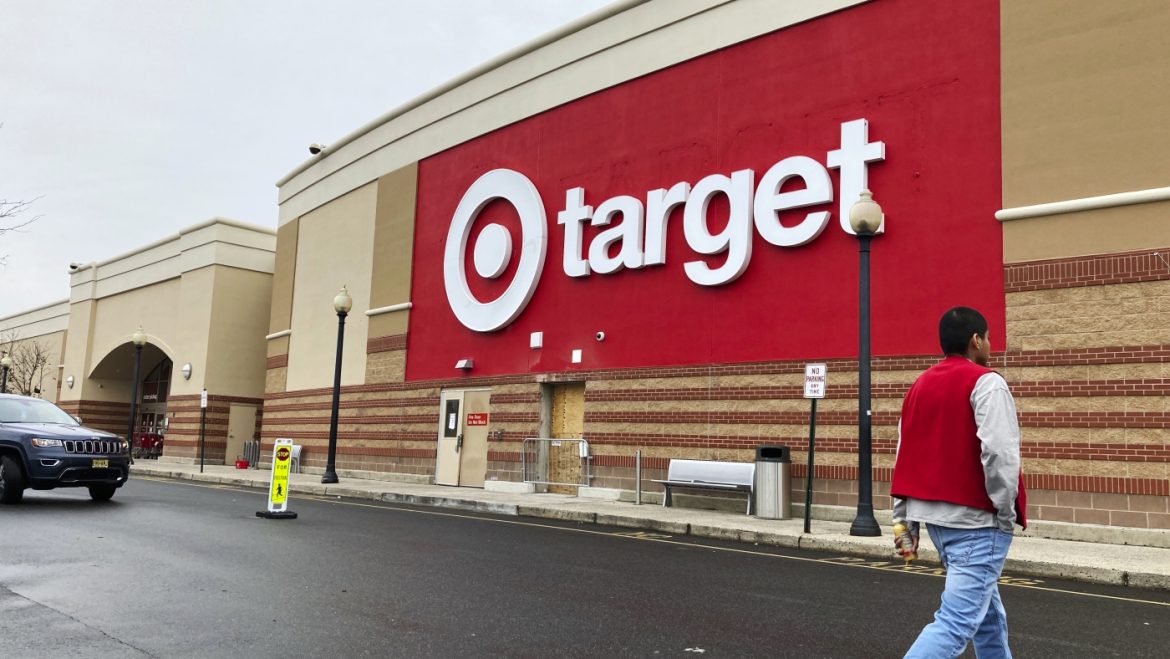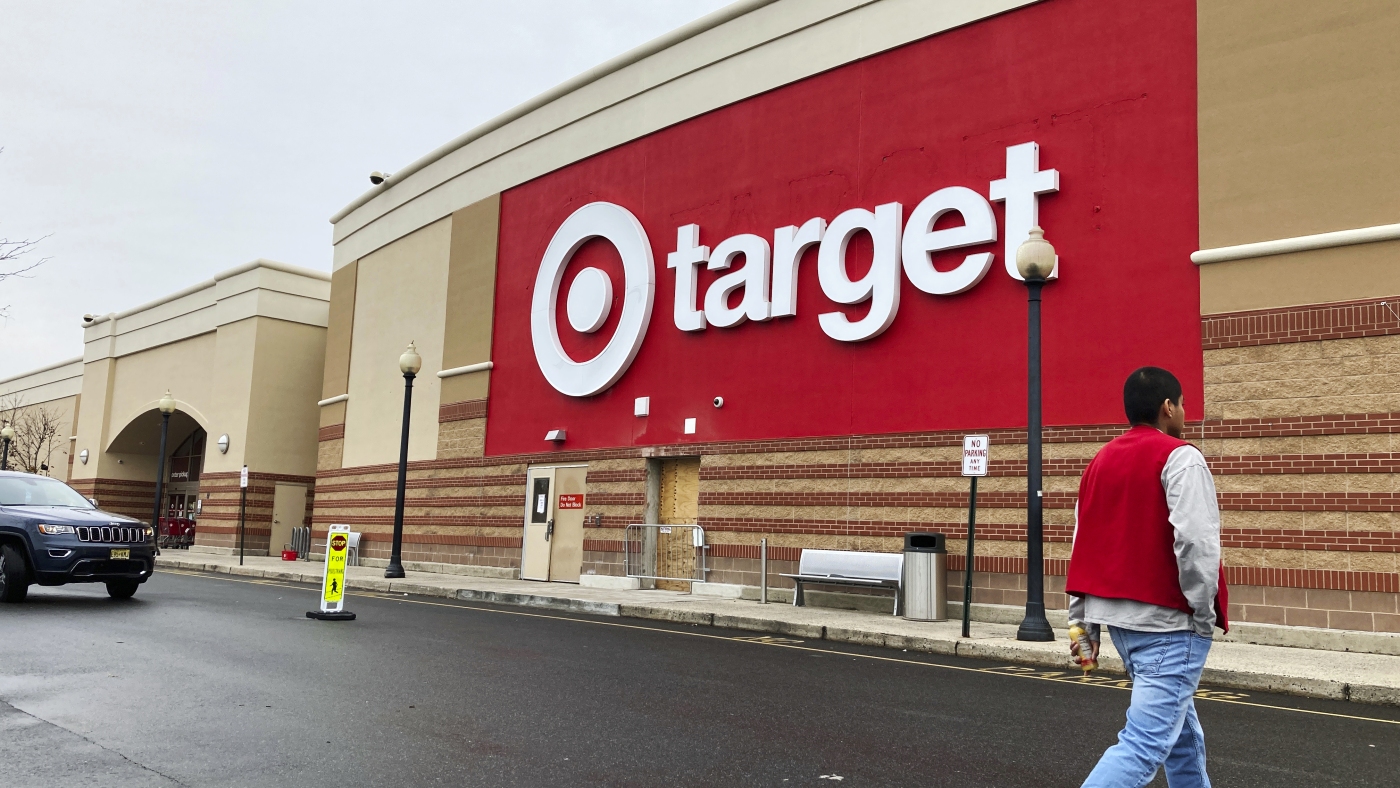The escalating tariff conflict driven by President Trump’s administration is reshaping the retail landscape in the United States, spotlighting the tension between maintaining “everyday low prices” and managing the cost increases triggered by tariffs. Major retailers like Walmart and Target are at the crossroads of financial strain and political pressure, grappling with the difficult choice of either absorbing the tariff costs themselves or passing them along to consumers through higher prices.
Tariffs Versus Retail Pricing Strategies
At the heart of this retail showdown is the classic dilemma of whether to “eat the tariffs” or raise prices. Walmart, the world’s largest retailer, has openly warned that it will need to hike prices starting this month as the earliest effects of the tariffs take hold. Their CFO, John David Rainey, explained that pricing decisions would be influenced by a product’s “elasticity of demand” — meaning that products whose demand is more sensitive to price changes might see less steep increases, while those with inelastic demand might bear higher price tags.
Walmart’s position exemplifies a broader trend among retailers facing escalating import duties. While they strive to keep costs low in the face of narrow retail margins, tariffs have created undeniable cost pressures. Retailers operate on thin margins already, and absorbing the full brunt of the tariffs is often financially unsustainable.
Political and Public Relations Pressures on Retailers
Retailers are not only fighting a financial battle but a complicated political and public relations war. On one hand, disclosing tariff-induced price increases risks angering President Trump and potentially jeopardizing favorable business relations or inviting public rebuke. Indeed, President Trump publicly criticized Walmart after its announcement about potential price hikes, urging the company to absorb the tariffs without passing costs onto consumers.
On the other hand, retailers must manage customer expectations amid rising prices. Consumers have begun noticing increased prices in their shopping carts for groceries, toys, electronics, and other everyday products—items heavily reliant on imports. This visibility heightens consumer sensitivity, making communication about price changes a delicate balancing act.
Impact on Various Consumer Goods Categories
The tariff impact is broad, affecting diverse retail sectors:
– Groceries and Produce: Prices for seafood, sugar, coffee, and other staple goods are anticipated to rise soon, reflecting increased import costs. This segment is particularly sensitive because consumers frequently purchase these items.
– Toys, Electronics, and Home Goods: These heavily imported categories are experiencing immediate pressure, compelling companies to adjust prices to maintain profitability.
– Durable Goods: Hardline retailers selling appliances and electronics face forecasted earnings per share (EPS) drops of around 33%, according to analysts, fueling further financial stress in adjusting retail pricing.
Retailers’ Strategic Responses to Tariffs
Faced with mounting tariff pressures, retailers are experimenting with various strategies:
– Selective Price Increase: As described by Walmart’s CFO, some price adjustments will reflect the elasticity of demand, aiming to balance revenue generation without alienating consumers.
– Promotions Pre-Tariff Impact: Retailers may temporarily lower prices or push promotions to drive sales anticipation before tariff-induced costs hit full force, mitigating potential volume declines.
– Cost-Cutting and Efficiency Gains: To partially offset tariff expenses, retailers are also exploring internal efficiencies, supply chain adjustments, and alternative sourcing.
Economic and Consumer Implications
Economists and Treasury officials acknowledge a growing probability of consumer price increases due to tariffs. Despite initial White House assurances that inflation would remain in check, the reality of raised duty costs is translating into tangible price hikes at retail points. This manifests as an inflationary pressure in everyday expenses for American households.
While some customers have largely shrugged off these increases so far, sustained tariff policies could erode consumer purchasing power and dampen retail sales volumes. Analysts anticipate volume declines (estimated around 3% for softline retailers) as higher prices constrain consumer spending.
Conclusion: An Uneasy Truce in the Retail-Tariff Battlefield
The retail industry is caught in a challenging position where financial viability, consumer expectations, and political dynamics collide. Walmart’s candid admissions about impending price increases mark a significant inflection point. Retailers can no longer fully shield consumers from the mounting costs imposed by trade tariffs.
This conflict underscores a broader tension in trade policy and market realities: tariffs meant to protect domestic interests can induce unintended economic consequences domestically, chiefly in the form of elevated prices for everyday products. As retailers navigate this “eat the tariffs” versus “everyday low prices” battlefield, consumers may ultimately bear the brunt in their wallets.
For now, the retail sector is preparing for a period marked by price volatility, strategic recalibrations, and an ongoing balancing act between absorbing costs and maintaining competitiveness — a dynamic very much shaped by the evolving tariff landscape instigated by the current administration.


